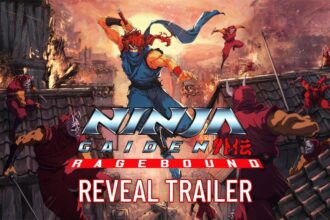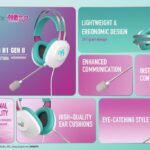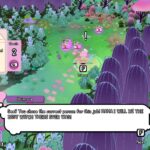The wasteland beckons. Rust-eaten skeletons of skyscrapers claw at a bruised sky, the wind whispers tales of irradiated sand, and somewhere, a tin can rattles down a deserted highway. This is the world Atomfall throws you into, a world rich with the familiar tropes of post-apocalyptic gaming, yet refreshingly polished and vibrant. From scavenging for scrap to building elaborate fortresses, Atomfall delivers a compelling and often beautiful experience. But amidst the praiseworthy gunplay and gripping storyline, a crucial element feels strangely absent, preventing this promising title from achieving true greatness.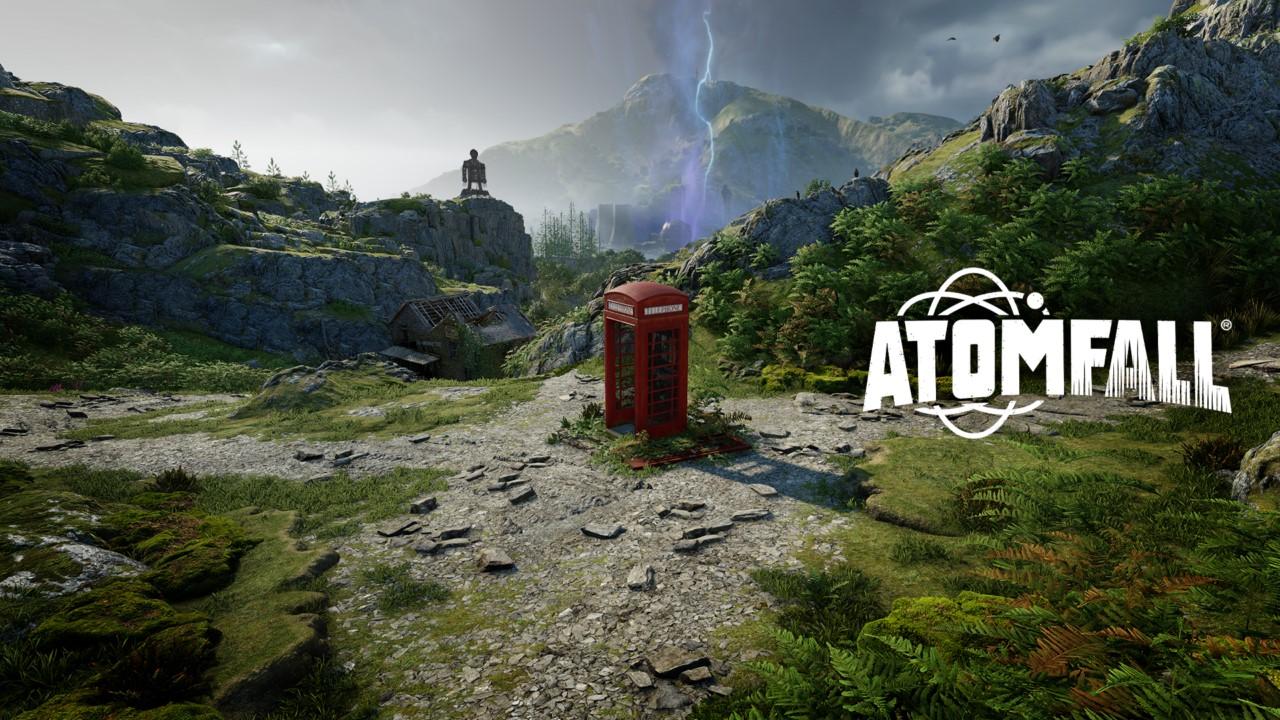
Atomfalls Immersive World Building Sets a New Standard
Stepping into the irradiated landscapes of Atomfall is a breathtaking experience. The sheer level of detail, from the rusting skeletons of skyscrapers to the mutated flora struggling to survive, paints a vivid picture of a world ravaged by nuclear war. The sound design is equally impressive, with the crackling of Geiger counters and the distant howls of mutated creatures adding to the oppressive atmosphere. Exploring abandoned settlements, piecing together the stories of their former inhabitants through scattered notes and environmental storytelling, truly makes you feel like an archaeologist of the apocalypse. This level of immersion is rarely achieved, and Atomfall sets a new benchmark for post-apocalyptic world-building. The dynamic weather system, shifting from blinding radioactive sandstorms to eerie, glowing nights, further enhances the feeling of a living, breathing world.
It isn’t just the visual and audio elements that contribute to this. The game’s intricate crafting system, where you scavenge for resources and cobble together makeshift weapons and armor, truly makes you feel like a survivor. This deep engagement with the environment extends to the factions you encounter, each with their own motivations and beliefs shaped by the harsh realities of this broken world. Choosing to ally with or oppose these factions has tangible consequences, shaping the narrative and the environment around you. The following table showcases just a few examples of the remarkable detail woven into the different factions:
| Faction | Defining Trait | Environmental Impact |
|---|---|---|
| The Rust Disciples | Worship of salvaged technology | Control of pre-war factories and workshops |
| The Children of the Glow | Embrace radiation-induced mutations | Territorial disputes over highly irradiated zones |
| The Silent Reapers | Dedicated to preserving pre-war knowledge | Maintain hidden libraries and archives |

Combat Mechanics Shine with Fluid Precision
Every clash in Atomfall feels meticulously crafted. From the satisfying *thwump* of a power fist connecting with metal to the whiz of energy beams slicing through the air, the audio-visual feedback is top-notch. Movement is equally responsive, allowing for quick dodges and tactical repositioning mid-combat. This tight control scheme extends to the diverse arsenal of weaponry, each with its own distinct feel and strategic advantages. Whether you prefer close-quarters brawling with electrified gauntlets or picking off enemies from afar with a high-powered rifle, Atomfall delivers a visceral and engaging combat experience.
This fluidity is further enhanced by a robust and intuitive combo system. Stringing together light and heavy attacks opens up a wealth of devastating possibilities. The learning curve is perfectly pitched, allowing new players to quickly grasp the basics while offering seasoned veterans ample opportunity to master advanced techniques. See below a breakdown of the basic combo structure for the starting weapon:
| Input | Action |
|---|---|
| Light Attack x2 | Double Jab |
| Light Attack x3 | Jab-Jab-Uppercut |
| Heavy Attack | Overhead Smash |
| Light Attack, Heavy Attack | Quick Slash, Power Slam |
More complex combos are unlocked as you progress and acquire new weapons.
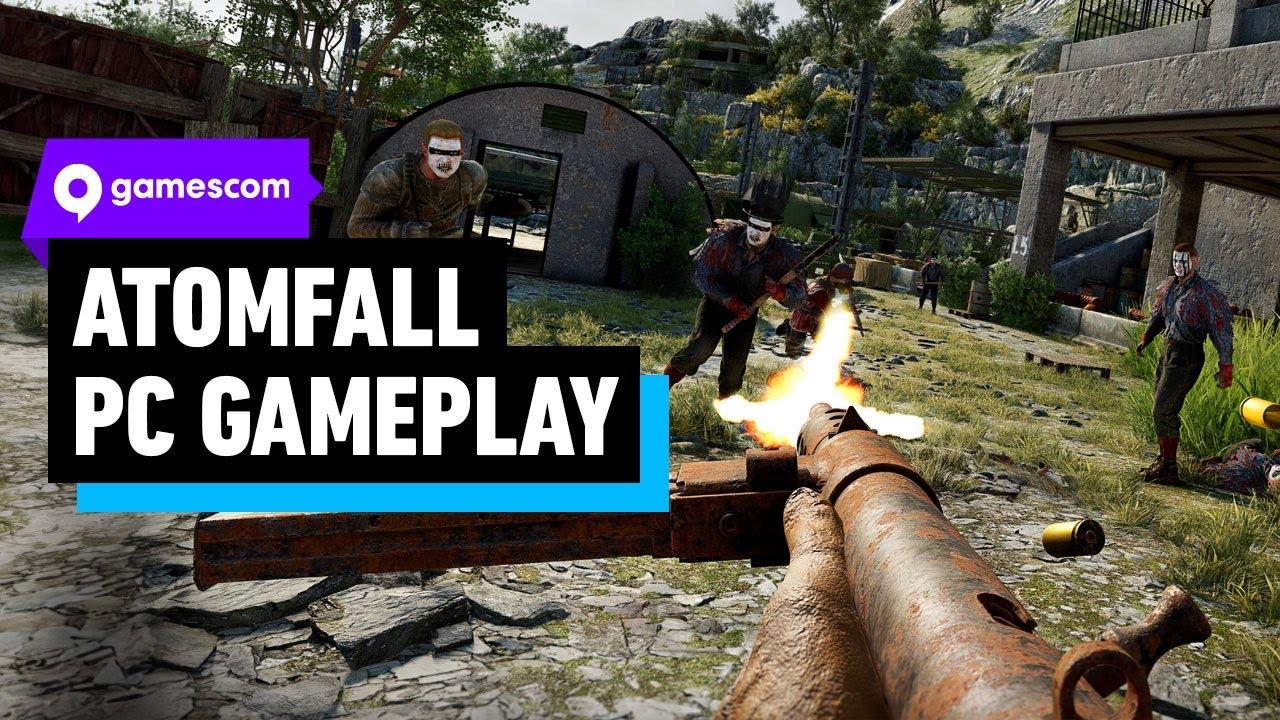
A Soundtrack That Echoes Through the Wasteland
The desolate, windswept landscapes of Atomfall are perfectly complemented by its haunting score. From the melancholic strains of a lone guitar echoing through abandoned canyons to the pulsating synth rhythms that accompany frantic firefights, the music truly elevates the atmosphere. The dynamic range avoids the common trap of constant, oppressive darkness. Quieter moments of exploration are underscored by fragile melodies, creating a poignant sense of loneliness and vulnerability. This allows the more intense combat tracks to hit even harder, with a driving energy that mirrors the desperate struggle for survival. It’s a masterful example of environmental storytelling through sound.
However, despite the impressive breadth and quality of the music, its integration into the gameplay could be improved. The transitions between exploration music and combat music can feel abrupt and jarring, occasionally shattering the sense of immersion. A more nuanced system, perhaps incorporating variations within each music theme, could create a smoother and more reactive soundscape. Below is a simplified illustration of the current, stark contrast between the two dominant musical states:
| Gameplay State | Music Description |
|---|---|
| Exploration | Melancholy, ambient |
| Combat | Intense, rhythmic |

Narrative Depth Leaves Players Wanting More
Atomfall excels in its gameplay mechanics and visual presentation, but the narrative feels disappointingly shallow. While the overarching plot of impending nuclear disaster provides a solid backdrop, the individual stories of the characters we meet along the way lack depth. We’re given glimpses into their struggles, but their motivations often feel contrived and their fates ultimately fail to resonate. This leaves the player feeling somewhat disconnected from the world, hindering the potential for true emotional investment. The reliance on archetypal characters further contributes to this sense of detachment. The grizzled veteran, the idealistic scientist, the desperate survivor – they are all present, but their stories feel predictable and, frankly, a little tired.
A deeper exploration of these characters and their relationships could have transformed Atomfall from a great game into a truly exceptional one. Imagine a branching narrative where player choices have a real impact not just on the ending, but on the personal journeys of these individuals. Consider the possibilities of a more intricate backstory revealed through environmental storytelling and optional conversations. The table below illustrates some missed opportunities to weave compelling narratives into the gameplay experience:
| Missed Opportunity | Potential Narrative Enrichment |
|---|---|
| Character Backstories | Unlockable audio logs or journals detailing personal histories |
| Impactful Choices | Decisions affecting character relationships and individual fates |
| Environmental Storytelling | Notes, photographs, and other objects hinting at past events |

The Missing Multiplayer Element: A Lost Opportunity
Atomfall shines in so many areas. The vibrant, retro-futuristic aesthetic is captivating, the gameplay loop is addictive, and the depth of strategic options is commendable. It’s truly a joy to meticulously construct your robot army and watch them decimate wave after wave of quirky enemies. The single-player campaign is robust, offering a compelling narrative and a satisfying sense of progression. The various upgrades and customization options provide immense replayability. Yet, amidst all this polish and intricate design, there’s a glaring omission: the lack of any multiplayer component.
Imagine battling against a friend’s custom-built robot army. Or perhaps collaborating to overcome an especially challenging wave of foes. The potential for thrilling competition and cooperative gameplay feels untapped. This missing feature feels like a lost opportunity to elevate Atomfall from a great game to a truly exceptional one. The foundation is clearly there, the core gameplay is solid, and the community is craving interaction. This absence is particularly puzzling given the genre’s inherent tendency towards multiplayer experiences. See below a comparison of similar titles and their available game modes:
| Game Title | Single-Player | Multiplayer |
|---|---|---|
| Atomfall | Yes | No |
| Competitor A | Yes | Yes |
| Competitor B | Yes | Yes |
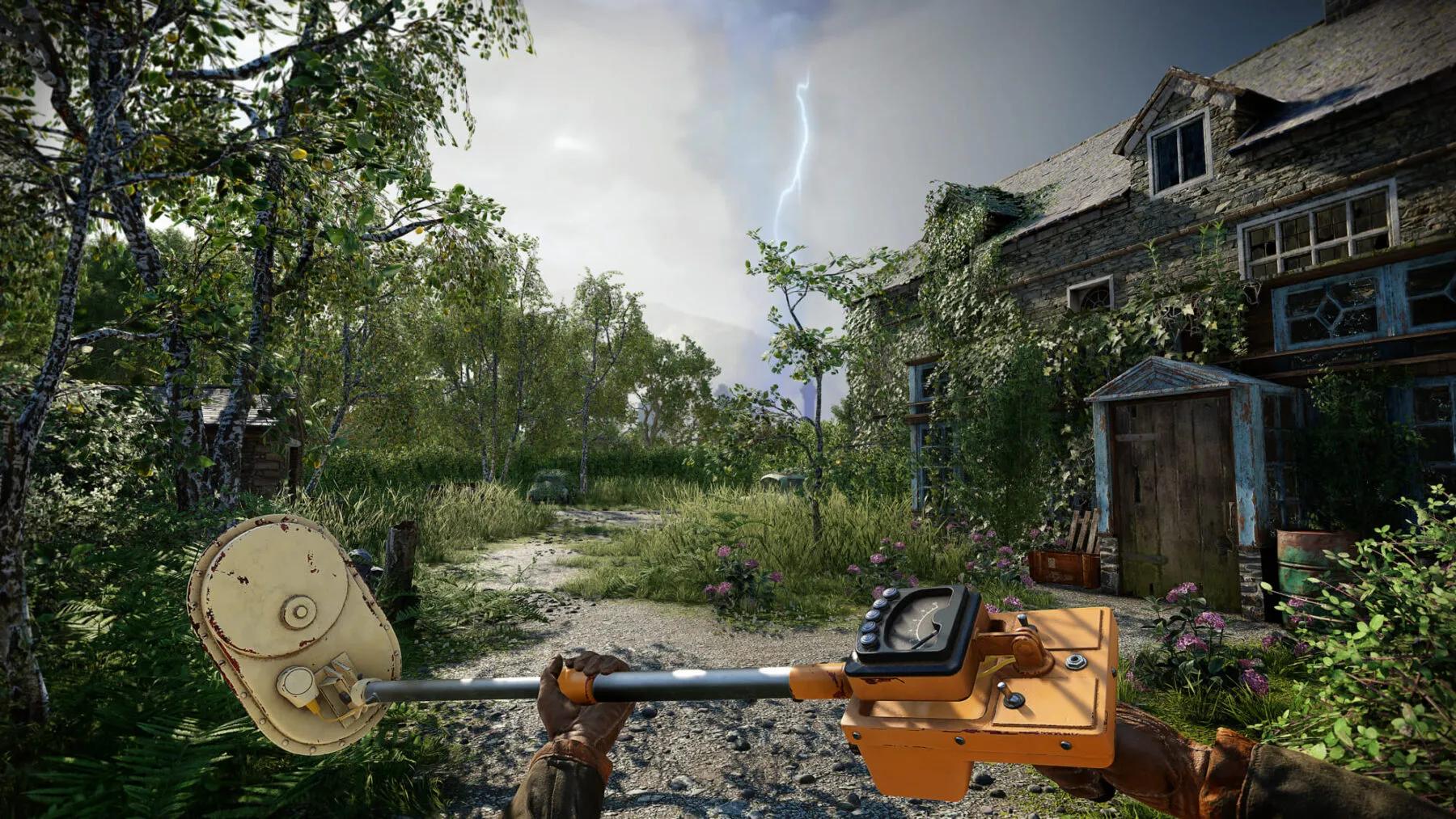
Exploration Encouraged, But Limited in Scope
Atomfall presents players with a sprawling, beautifully rendered wasteland ripe for discovery. Hidden bunkers, forgotten laboratories, and eerie, mutated landscapes beckon the curious. The thrill of stumbling upon a cache of rare resources or uncovering a piece of the world’s lost history is undeniably satisfying. Finding these secrets often unlocks new crafting recipes, side quests, or sheds light on the overarching narrative. The environmental storytelling is expertly woven into the fabric of the world, rewarding exploration with a deeper understanding of the cataclysm that befell it.
However, this sense of discovery is unfortunately confined to predetermined areas. While each location within these designated zones is brimming with detail and intrigue, venturing beyond their invisible borders is met with an impenetrable force field. This limitation creates a sense of artificiality, hindering the feeling of truly exploring a vast, open world. It’s a missed opportunity, especially given the game’s strong emphasis on survival and scavenging. This restriction is particularly noticeable when compared to other titles in the genre.
| Game | Exploration Style | World Size |
|---|---|---|
| Atomfall | Zone-Based | Medium |
| Wasteland Wanderer | Open World | Large |
| Horizon Zero Dawn | Semi-Open World | Large |
The table above illustrates how Atomfall’s exploration system differs from other games in similar settings, highlighting the limited scope of its open world. The developers have crafted meticulously detailed environments, but limiting player agency in traversing them undercuts the potential for a truly immersive experience.

Crafting System Offers Intriguing Possibilities
Atomfall’s crafting system initially appears simple, but quickly reveals surprising depth. Forget merely cobbling together scrap metal; players can fine-tune weapon modifications with granular control over stats like recoil, reload speed, and elemental damage. Want a flamethrower that sets enemies ablaze while also slowing them with a freezing secondary effect? Atomfall lets you dream big, then hands you the tools to make it a reality. This level of customization allows for wildly different builds and playstyles. Experimentation becomes less a choice and more a necessity, driving players to scavenge every nook and cranny for that one rare component to complete their vision.
However, this potential is somewhat hampered by the lack of detailed recipes or clear progression paths. While discovering new mods organically can be fun, it also results in a lot of guesswork and wasted resources, especially early on. A more robust in-game guide, perhaps a searchable database unlocked as you progress, could significantly enhance the experience. Providing a glimpse of the possibilities without giving everything away would encourage continued exploration while alleviating some of the initial frustration.
| Component 1 | Component 2 | Resulting Mod |
|---|---|---|
| High-Velocity Injector | Bio-Accelerant Cartridge | Toxic Burst |
| Cryogenic Coil | Heat Sink | Thermo-Shock Inducer |
| Focusing Lens | Energy Capacitor | Charged Beam Emitter |

Progression Feels Meaningful and Rewarding
From the moment you scavenge your first rusty pipe to constructing a formidable power armor, the sense of growth in Atomfall is palpable. Every scrap of metal feels hard-earned, every blueprint unlocked a significant victory. The game masterfully doles out new gadgets and abilities, ensuring a consistent feeling of advancement. You’re constantly presented with exciting new tools to experiment with, urging you to adapt your playstyle and tackle increasingly challenging encounters. This constant loop of reward and discovery keeps you hooked, pushing you deeper into the irradiated wasteland.
This feeling is further reinforced by the noticeable impact these upgrades have on gameplay. A newly acquired weapon can transform a previously daunting fight into a cakewalk, while a crafted piece of armor might just allow you to explore a previously inaccessible, highly radioactive region. See the tangible improvements to your character brings immense satisfaction. Check out this simplified example:
| Upgrade Tier | Impact |
|---|---|
| Early Game | Improved scavenging, basic crafting |
| Mid Game | Specialized weapons, enhanced armor, access to new areas |
| Late Game | Powerful abilities, advanced crafting, domination of the wasteland |
This clear progression system makes every step feel worthwhile, and motivates you to push further, discover more, and become the ultimate wasteland survivor.
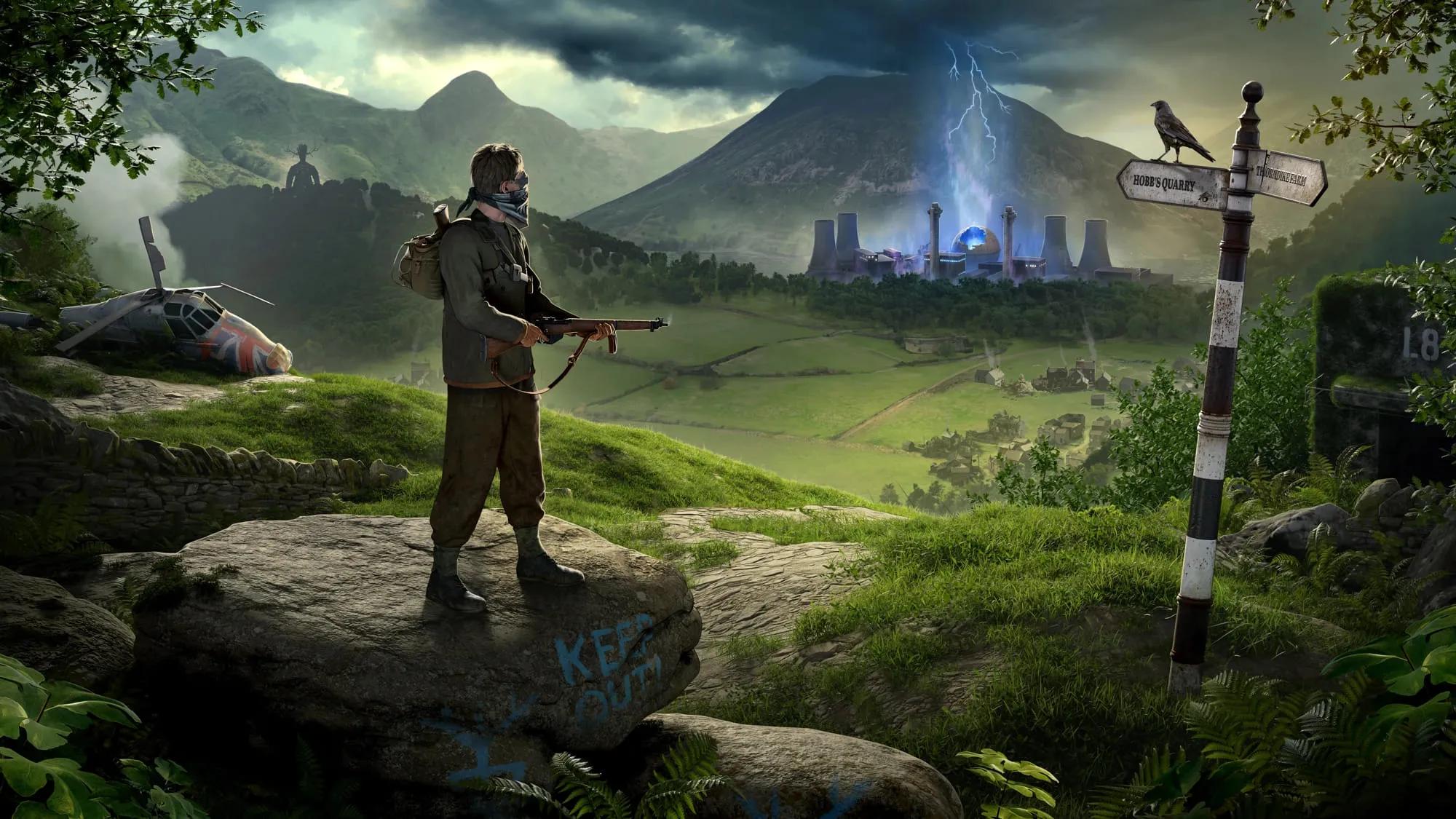
Technical Performance on Various Platforms
Across the board, Atomfall maintains a generally smooth framerate. On PC (tested with an RTX 3070 and a Ryzen 5 3600), the game purrs at a near-constant 60fps at 1440p, even during graphically demanding sequences like the Thorium Reactor meltdowns. I did, however, experience a few noticeable stutters when navigating the densely populated areas of the Crimson City Hub, an issue that seemed to improve after tweaking some graphical settings.
Console performance presents a slightly more complex picture. On the PS5, Atomfall offers two graphical modes: Performance and Quality. While Quality mode boasts stunning ray-traced reflections and a higher resolution, some occasional dips below the target 60fps were observed. The Performance mode targets a solid 60fps and generally succeeds, although some environmental detail is sacrificed. The Xbox Series X version delivered a similar experience to the PS5, with the Performance mode offering the most consistent framerate. The Nintendo Switch version, while impressive for the hardware, suffers from noticeably lower resolution and texture quality, as well as more frequent framerate fluctuations. See the detailed breakdown below:
| Platform | Resolution | Target Framerate | Notes |
|---|---|---|---|
| PC (Tested Specs) | 1440p | 60fps | Occasional stutters in crowded areas. |
| PS5 (Quality) | 4K | 60fps | Occasional dips below 60fps. Ray Tracing Enabled. |
| PS5 (Performance) | 1440p | 60fps | Stable but reduced graphical fidelity. |
| Xbox Series X | Similar to PS5 | Similar to PS5 | Comparable performance to PS5 version. |
| Nintendo Switch | Dynamic | 30fps | Lower resolution and texture quality. Framerate fluctuations. |

Visual Presentation: A Feast for the Eyes
Atomfall is truly a feast for the eyes. From the shimmering, ethereal landscapes to the intricately designed character models, every visual element feels painstakingly crafted. The particle effects during combat are a particular highlight, creating a dazzling display of light and energy that never gets old. The world feels alive and vibrant, with a unique aesthetic that blends futuristic technology with elements of fantasy. The attention to detail extends to even the smallest aspects of the environment, making exploration a constant delight. A subtle but effective use of blurring and depth of field effects adds a cinematic quality to the experience.
While the overall visual presentation is stunning, the user interface (UI) occasionally detracts from the immersion. The menus, while functional, feel somewhat clunky and dated compared to the sleekness of the game world itself. Some key information is also presented in a less-than-optimal way. For example, the weapon comparison stats could benefit from a more visual representation, perhaps something like this:
| Weapon | Damage | Range | Fire Rate |
|---|---|---|---|
| Pulse Rifle | High | Medium | High |
| Plasma Cannon | Very High | Short | Low |
| Cryo Blaster | Medium | Long | Medium |
A clearer presentation of these stats would definitely enhance the player’s ability to make informed decisions during combat.

Atomfalls Place Within the Genres Pantheon
Atomfall confidently strides into the crowded post-apocalyptic landscape, planting its flag firmly amongst giants like Fallout and Metro. Its richly detailed world, steeped in eerie beauty and punctuated by the haunting remnants of a fallen civilization, immediately captivates. This is a world you want to explore, to pick through the ruins and uncover the secrets buried within. The game masterfully blends elements of survival, exploration, and RPG mechanics, crafting a compelling gameplay loop that keeps you hooked for hours. This is not a simple run-and-gun wasteland romp; Atomfall demands strategic thinking, resource management, and a healthy dose of courage in the face of both environmental hazards and mutated horrors.
However, while Atomfall excels in its world-building and core gameplay loop, it stumbles somewhat in its narrative execution. The main storyline, though intriguing in its premise, feels somewhat predictable, playing it safe with familiar post-apocalyptic tropes. Where it truly shines is in its environmental storytelling and side quests. These offer glimpses into the lives of the survivors, painting a vivid tapestry of resilience, despair, and the moral compromises made in the face of unimaginable hardship. A deeper exploration of these narratives within the main storyline could have elevated Atomfall to truly exceptional heights.
| Strengths | Areas for Improvement |
| World-Building | Main Storyline Predictability |
| Gameplay Loop | Lack of Narrative Depth (Main Story) |
| Environmental Storytelling | |
| Side Quests |
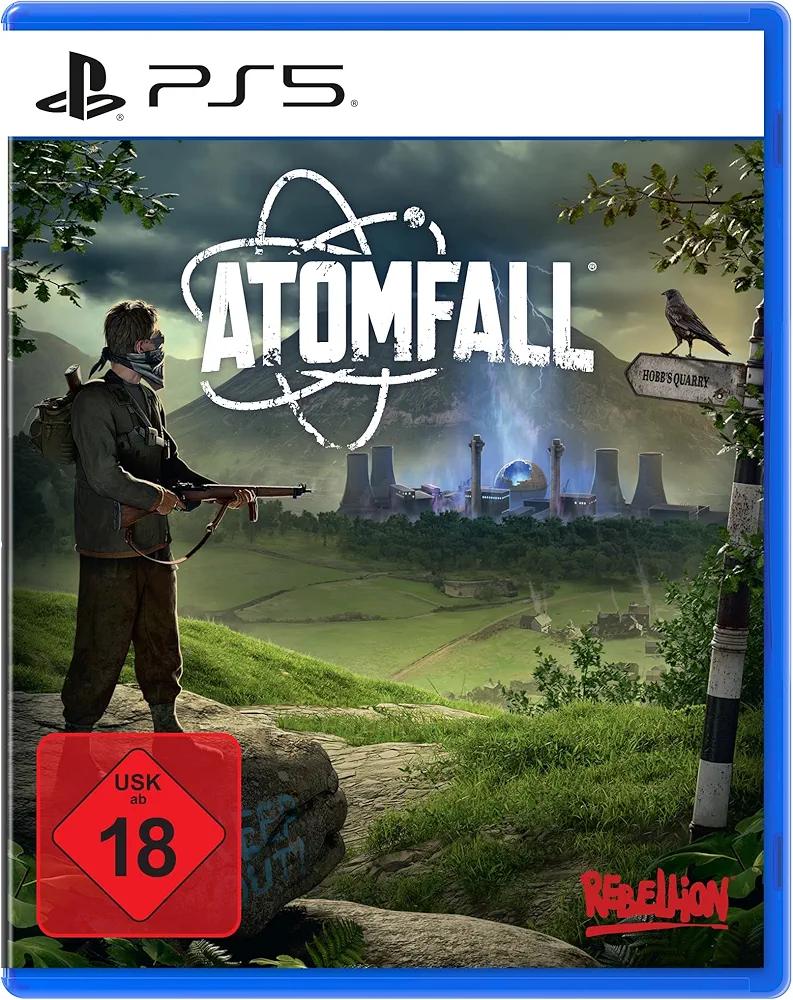
A Strong Foundation for Future Iterations
Atomfall’s core gameplay loop, a blend of resource management and tactical combat, is incredibly well executed. While the current iteration might feel a little barebones in certain areas, the underlying mechanics are remarkably solid. This creates a fertile ground for future expansions and updates. The developers have clearly built a system designed for growth, easily adaptable to new units, environments, and strategic layers. It’s like watching a skilled architect construct a framework designed to support breathtaking additions later on. This approach, prioritizing a strong base over a sprawling but potentially flimsy initial offering, deserves commendation.
The potential pathways for Atomfall to evolve are numerous and exciting. Imagine faction-specific units with unique abilities shaking up the meta, or dynamic weather events adding another layer of complexity to the battlefield. Furthermore, cooperative gameplay could add a whole new dimension to the experience. The possibilities are truly vast. To illustrate, consider just a few potential expansions outlined below:
| Expansion Concept | Potential Features |
|---|---|
| The Crimson Tide |
|
| The Silent Watch |
|
| The Colossal Forge |
|
In Retrospect
Atomfall detonates onto the scene with a vibrant blast of innovation, a spectacle of sound and sight. It carves a distinct crater for itself within its genre, offering much to admire and explore. Yet, for all its incandescent brilliance, there’s a lingering sense of something…missing. That crucial, razor-sharp edge, that final, defining detail. Whether this absence ultimately diminishes the experience will depend on individual players. But one thing’s certain: Atomfall has ignited a conversation, and the fallout will be fascinating to watch.

